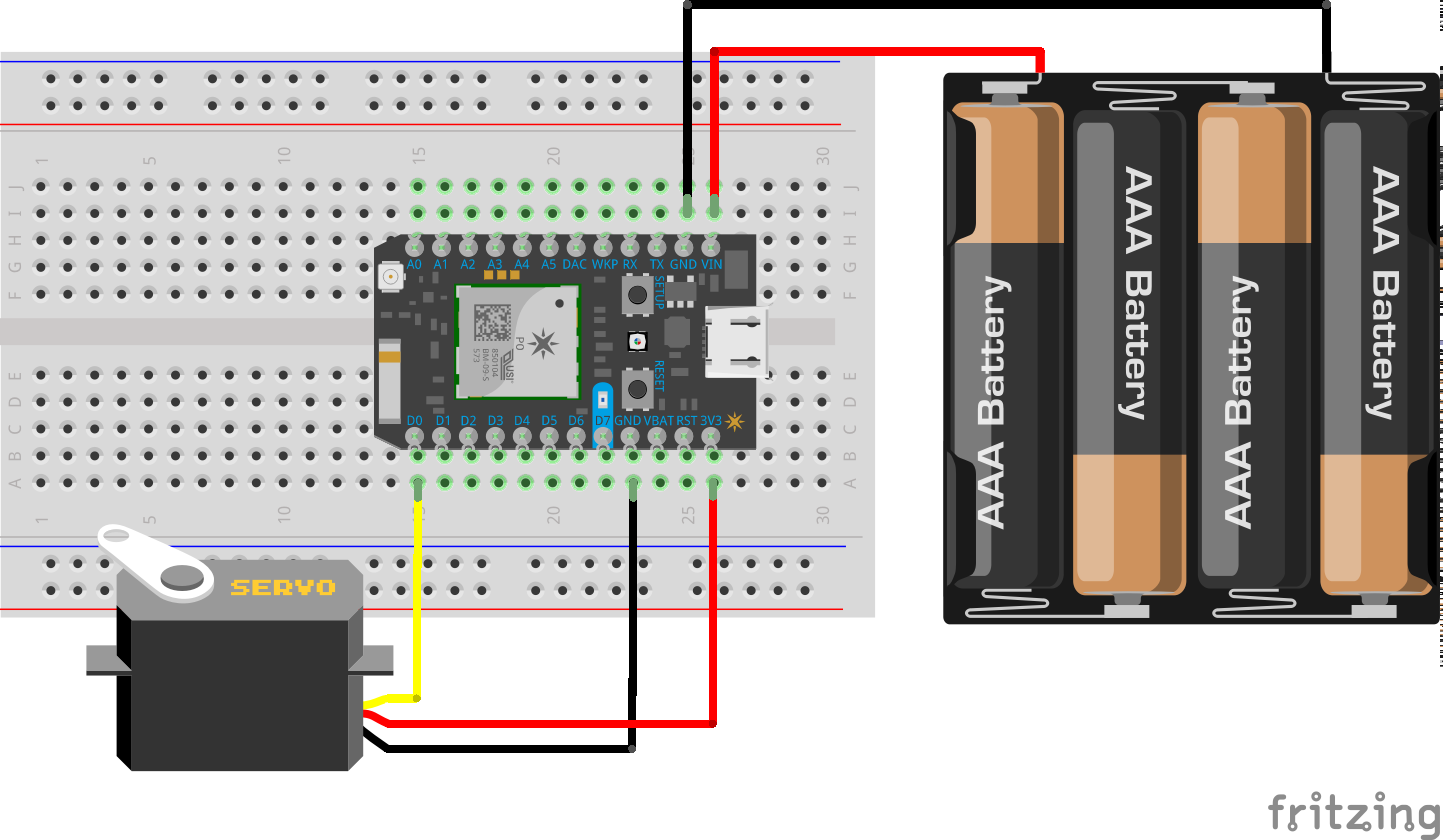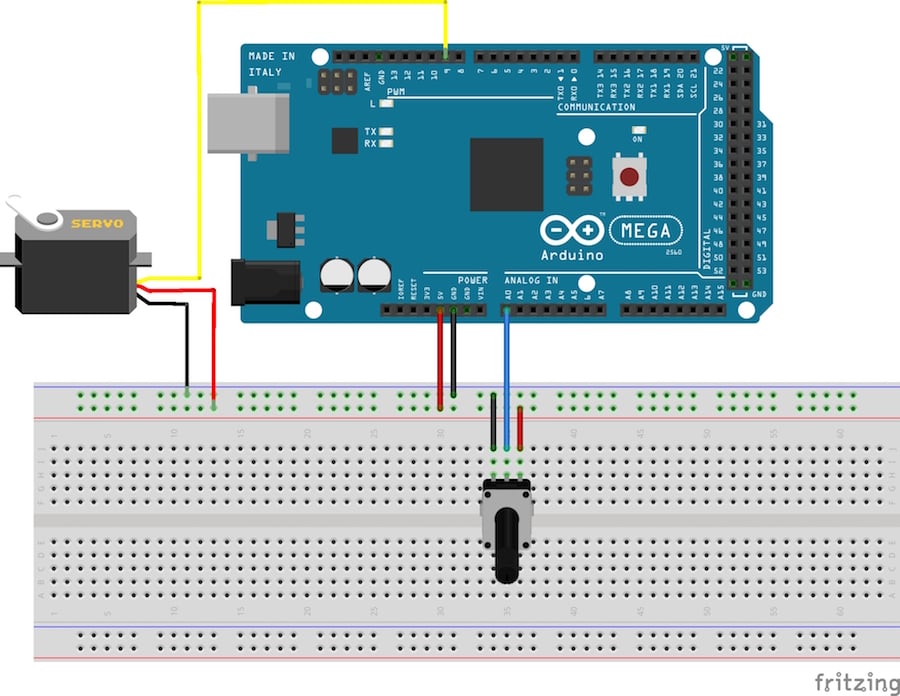



For instance, in release 5.0, loads with a shaft-to-load inertia ratio of 15:1 or higher did not tune well. Based on one user input setting, robustness, the algorithm determines the “best” gains for the system.
SERVO DRAWING VECTOR CODE SERIES
Then a series of loop transmissions are run to characterize the system. Q: How does Aerotech’s A3200 EasyTune work in principle? Why does EasyTune sometimes fail on certain applications?Ī: EasyTune does an open-loop test to determine the load mass, which is used to set initial gains. Finally, in most commercially available controllers, this is not usually a configurable item. For instance, if you are using feedforward in the system, you should likely insert the feedforward after the filters. The control architecture also impacts the placement and order of filters. If all the loops are implemented digitally in one box using double precision floating point arithmetic, then the order is not as important. For instance, in an analog system, placing the notch filter first allows the notch filters to operate on a larger signal than if placed after the low-pass filter. Depending on the physical architecture, the order may matter more. Typically, the notch filters are placed before the low-pass filters. However, other practical considerations can affect the order and placement of filters. Q: Does the order of operations matter for applying notch and low-pass filters? When using notch and low-pass filtering, what sample time and hardware communication considerations should be taken?Ī: When considering the total loop gain for stability, the order does not matter.
SERVO DRAWING VECTOR CODE PLUS
At four rad/sec, the phase of the red curve phase (-140 degrees) plus the green curve phase (-40 degrees) is -180 degrees, which is shown on the black curve. The black curve is the resulting phase of plant loop gain, which is found by adding the phase at each frequency of the red and green curve. The green curve is the phase of the notch filter being added to the loop (with center frequency of five rad/sec). Q: Why does your phase response black trace occur at 4 rad/sec instead of 5 in your last slide?Ī: The red curve is the phase of the loop gain before adding a notch filter in the loop. This raises the system bandwidth, resulting in higher throughput.Ī: Rise time is the time it takes a system to move from 10 % to 90 % of the final value due to a step input. Adding a filter in will suppress the resonance, and the PID gains will likely be able to be increased. However, lowering these PID gains will decrease the bandwidth of your system. A: Changing PID values will not remove a system resonance, but they can be decreased so the resonance is dampened out and not excited.


 0 kommentar(er)
0 kommentar(er)
